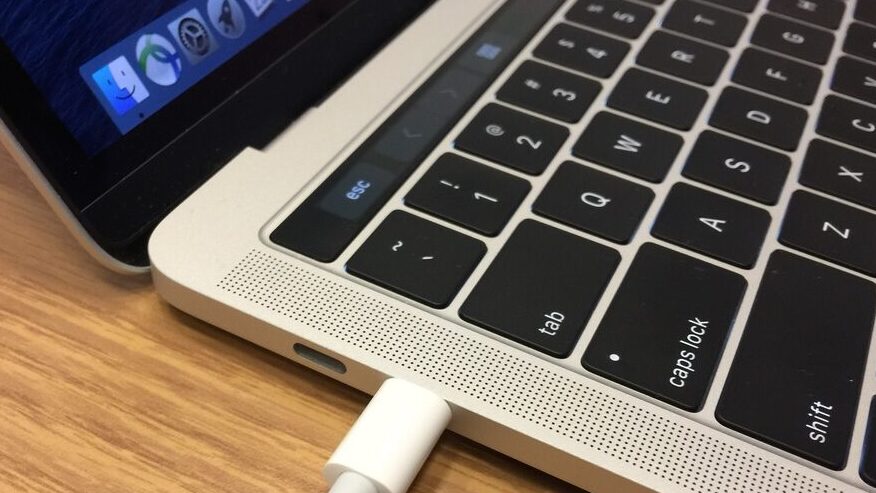
Excellence in
Written Communication
I am delighted to present to you three of our Communication in Engineering, Excellence in Written Communication Award winners! These are the best student papers from past terms of CCOM 206. They have been added to eScholarship@McGill and they are well worth a read.
Nathan Robbins – Performance of Nose Cone Geometries on Sounding Rockets
Read the full paper on eScholarship
This investigation compares the performances of several nose cone geometries and their suitability for flight on a high-altitude sounding rocket. Many geometries have been proposed to mitigate the extreme aerodynamic forces and phenomena encountered during such high energy ascents. The geometries in question include the conic section, Haack Series nose cone, and the aerospike nose cone; all of which are evaluated according to their coefficients of drag, heating characteristics, and several outstanding factors such as wall shear stress, pressure distributions, and useful internal volume. The investigation concludes that the aerospike nose cone is well suited for high-altitude sounding rockets because of its capacity to reduce drag, its exceptional ability to reduce heating, and its larger useful internal volume. Through this unique combination of performance and volume, the aerospike nose cone is a likely candidate for the forebody of high-altitude sounding rockets for future missions.
Katia Rosenflanz – Biodiesel Production: Advancing Lipid Extraction to Fuel our Future
Read the full paper on eScholarship
The use of diesel and fossil fuels to power the globe’s increasing energy demands have caused large amounts of greenhouse gas emissions, negatively impacting the environment. This has led researchers to investigate alternative energy sources. Biodiesel, a renewable, biodegradable, and environmentally-friendly resource, shows promise; microalgae, which consume large amounts of carbon dioxide, one of the most harmful greenhouse gases, has been introduced as a potential supply for the necessary oils. Because of algal cells’ strength and chemical properties, however, the physical extraction of lipids is difficult. This paper compares three methods to improve lipid extraction: microwave radiation, osmotic shock, and bead beating. They are assessed based on dry weight lipid output, efficiency, and scalability. Based on research, bead beating has high energy consumption and relatively low lipid production; thus, it is unadvisable for mass production. Osmotic shock has high output and no energy consumption, but is fairly inefficient due to a large time requirement. Microwave radiation performs fairly well in terms of lipid output, efficiency, and scalability, making it the most viable option, but microalgal biodiesel is only now entering the picture as an alternative energy source. Further research and resources must be invested in order to introduce these techniques into the global energy market.
Allan Reuben – Nanomagnetic Logic Circuits as an Alternative to Silicon CMOS-based Circuits for use in Extreme Environments
Read the full paper in eScholarship
As hardware and software technology improves, sending robots to do research in extreme environments is increasingly frequent. This shift creates a need for computer chips optimally designed for those environments. Computers that operate in extreme environments must account for limitations and requirements not present in consumer or corporate uses such as: extreme power management, high radiation exposure, and high computation reliability. Silicon-based computers have become the accepted standard in computing for every environment due to their high speed and ease of manufacturing. Nanomagnetic logic circuits are a promising new technology that may help engineers optimize computers for use in extreme environments. These two systems are compared based on their durability from radiation, power utilization, and clock speed. For mission-critical computer operation in extreme environments, nanomagnetic logic circuits offer many advantages over traditional silicon-based computers.
